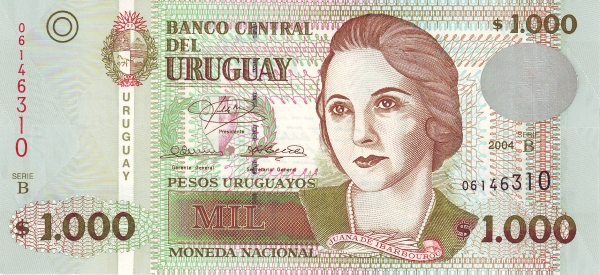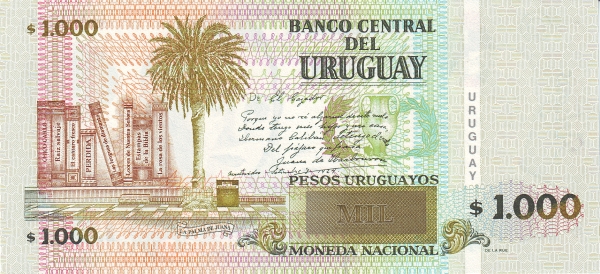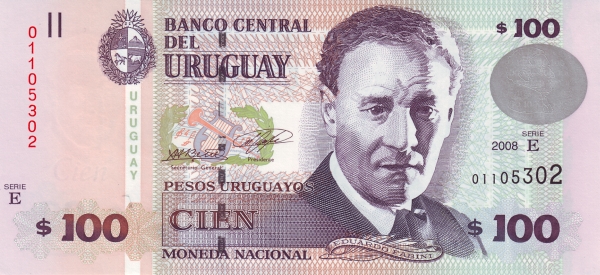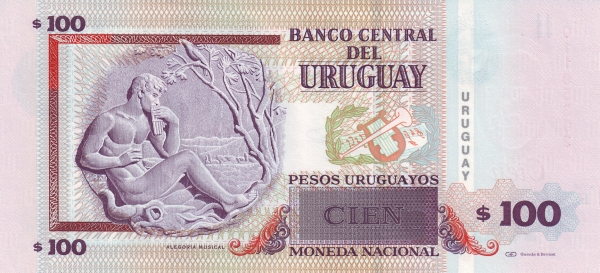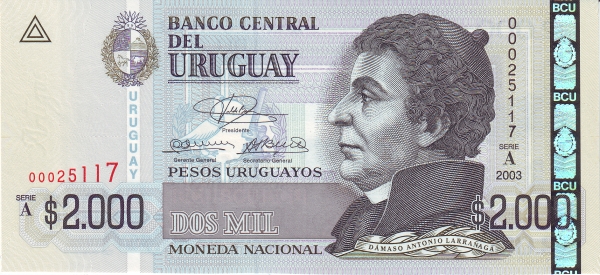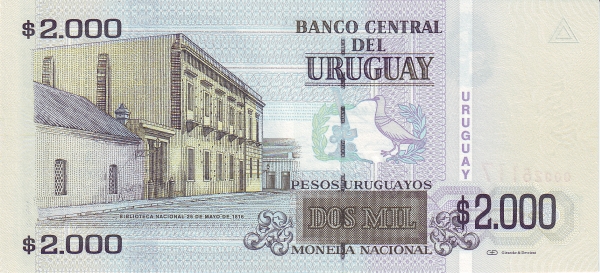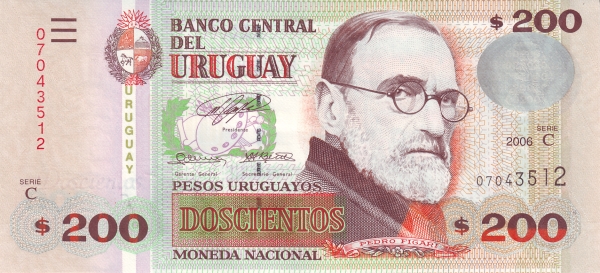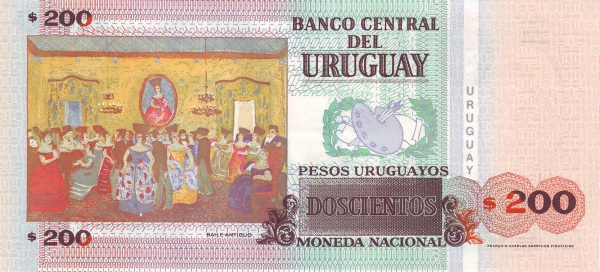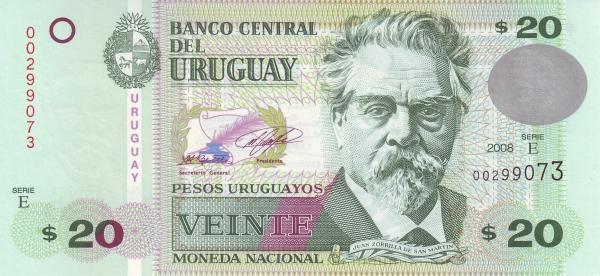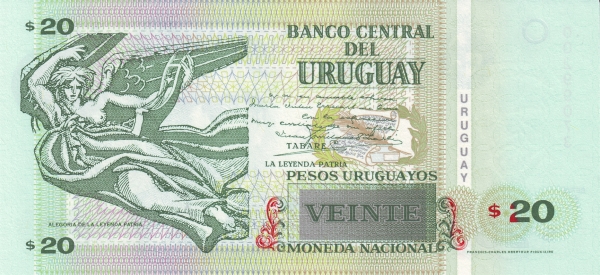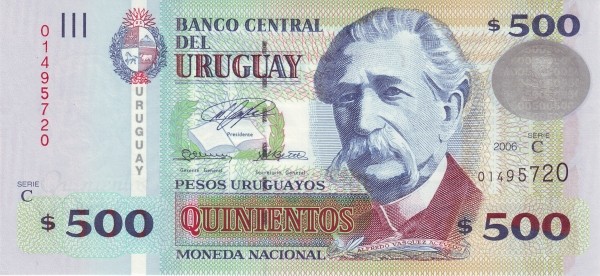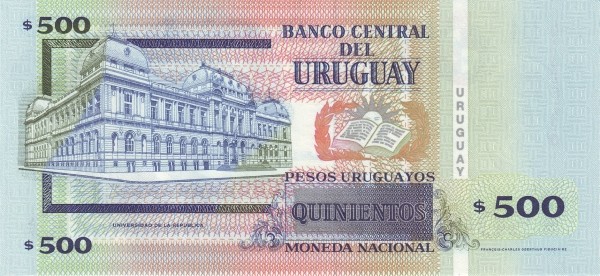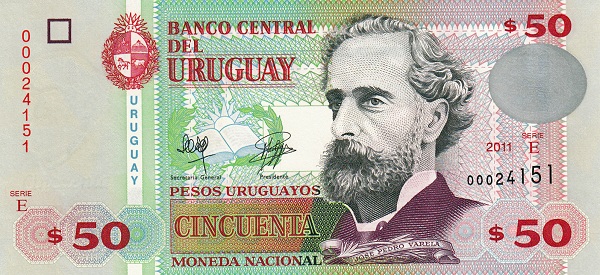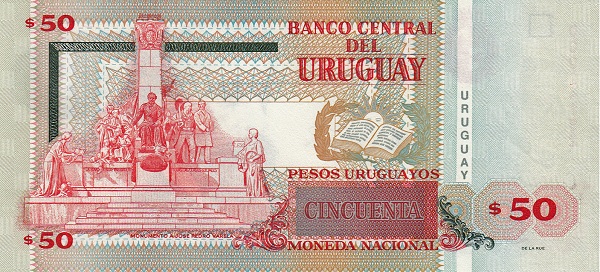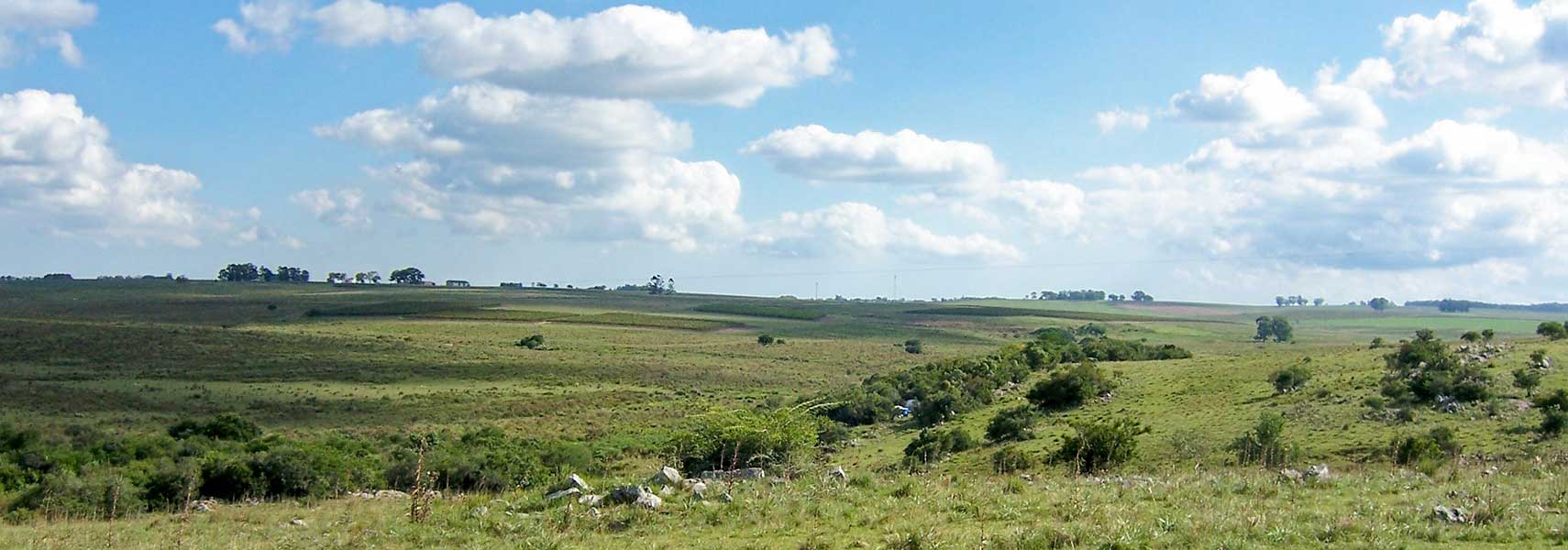Discovering the Allure of Uruguay
Destination Uruguay offers a unique blend of natural beauty, cultural richness, and historical significance. Officially known as the Oriental Republic of Uruguay, this country graces the southern shore of South America along the South Atlantic Ocean. Located just south of Brazil, it shares a western border with Argentina. Despite its modest size, Uruguay captivates visitors with its vibrant landscapes and welcoming atmosphere.
Geographical Features of Uruguay
Covering an area of approximately 176,000 square kilometers, Uruguay stands as the second smallest nation in South America, following Suriname. However, this compact country is nearly twice the size of Portugal and slightly smaller than the U.S. state of Washington. Interestingly, the flat terrain of Uruguay serves as a diverse transition zone between the expansive Argentine plains to the west and the hilly regions of southern Brazil. Most notably, extensive plains define the eastern, southern, and western borders, while fertile coastal lowlands enhance its scenic beauty.
Highest Points and Natural Landscapes
Despite the general flatness of the land, the interior of Uruguay showcases intriguing rolling plains and hills. The highest elevation, Cerro Catedral, rises merely to 514 meters, illustrating the country’s generally mild topography. While it may lack towering mountains, Uruguay's landscapes remain diverse and inviting, with plenty of lush areas and pristine beaches along its coastline.
Population and Demographics
According to the 2011 census, Uruguay boasts a population of around 3.25 million inhabitants, with approximately 1.3 million residing in the capital, Montevideo. The capital city stands as the largest urban area in the country, while the majority of the population lives in the southern half of Uruguay. The official language, Spanish, dominates daily conversations, adding to the cultural fabric of the nation.
Ethnic Composition and Religion
Uruguay's diverse demographic includes primarily individuals of European descent, making up 93% of the population. The population also consists of about 5% of African descent and 1% mestizo, with Amerindian heritage being virtually non-existent. In terms of religion, the majority of Uruguayans identify as Roman Catholics, which accounts for 52%. Additionally, 16% follow Protestant and other Christian denominations, while 30% do not profess any religion at all, reflecting a relatively secular society.
Political Landscape
Uruguay’s political framework operates as a constitutional republic, characterized by a high degree of freedom in political and labor conditions throughout the continent. The nation declared its independence from Brazil on August 25, 1825, and instituted its first constitution in 1830. The current constitution dates back to 1967, having undergone several amendments, the latest being in December 1996.
A Rich History
The historical backdrop of Uruguay includes significant events, such as the emergence of the Tupamaros, a violent Marxist urban guerrilla movement that began in the late 1960s. This tumultuous period prompted the Uruguayan president to allow military control over his administration in 1973. By the end of that year, the military had quelled the rebellion; however, it retained tight control over the government until the restoration of civilian rule in 1985. Today, Uruguay enjoys one of the most vibrant democracies in Latin America.
Climate and Agriculture
Uruguay experiences a temperate climate, which contributes to its flourishing agricultural sector. Approximately 84% of the country comprises farmland, ensuring robust agricultural productivity. The major crops cultivated in the nation include rice, wheat, corn, and barley, along with significant livestock farming. Additionally, fishing plays a vital role in its economy, leveraging the extensive coastal waters.
Industries, Exports, and Economic Dynamics
The economy of Uruguay thrives on several key industries, notably food processing, electrical machinery, transportation equipment, petroleum products, textiles, chemicals, and beverages. Notably, the country exports an array of commodities, with beef, soybeans, cellulose, rice, wheat, wood, dairy products, and wool leading the list. Major export partners include China, Brazil, the United States, and Argentina, indicating strong trade relationships that bolster the nation’s economy.
Trade Dynamics
In terms of imports, Uruguay relies on refined and crude oil, various types of transportation vehicles, and mobile communication devices. Its main trading partners encompass Brazil, China, Argentina, the United States, Germany, and Nigeria, revealing a well-connected global economic presence.
The Cultural Fabric of Uruguay
Aside from its political and economic framework, Uruguay is renowned for its cultural heritage. The country is famous for the tango, which traces its roots back to nearby Argentina, and the evocative candombe drumming traditions that celebrate African influences in Uruguayan culture. Additionally, the art scene thrives, particularly in Montevideo, where galleries and theaters showcase local talent and creativity.
Uruguayan Cuisine
Furthermore, Uruguay's culinary landscape offers a delightful experience for food lovers. The nation prides itself on its exceptional beef, which often takes center stage at family gatherings and barbecues known as asados. This social cooking method highlights the importance of community and family in Uruguayan culture.
Natural Wonders and Attractions
Finally, the natural beauty of Uruguay complements its cultural offerings. The country boasts stunning beaches along the Atlantic coast, from the popular resort town of Punta del Este to the serene shores of La Paloma. These beach destinations attract tourists from around the world, eager to soak up the sun and embrace Uruguay's laid-back lifestyle.
In conclusion, Uruguay stands as a captivating country characterized by a richness of culture, a diverse population, and a robust political and economic landscape. With its striking landscapes, engaging cultural heritage, and welcoming people, **Uruguay** continues to enchant visitors and locals alike, offering an experience that resonates long after they leave its shores.
Largest cities of: Uruguay
| City Name | Population | Year of foundation | |
| Montevideo | 1,380,000 | 1724 | |
| Salto | 104,000 | 1811 | |
| Ciudad de la Costa | 85,000 | 1995 | |
| Paysandú | 74,000 | 1854 | |
| Las Piedras | 65,000 | 1784 | |
| Rivera | 60,000 | 1886 | |
| Tacuarembó | 55,000 | 1800 | |
| Maldonado | 48,000 | 1755 |
Uruguay: Money
